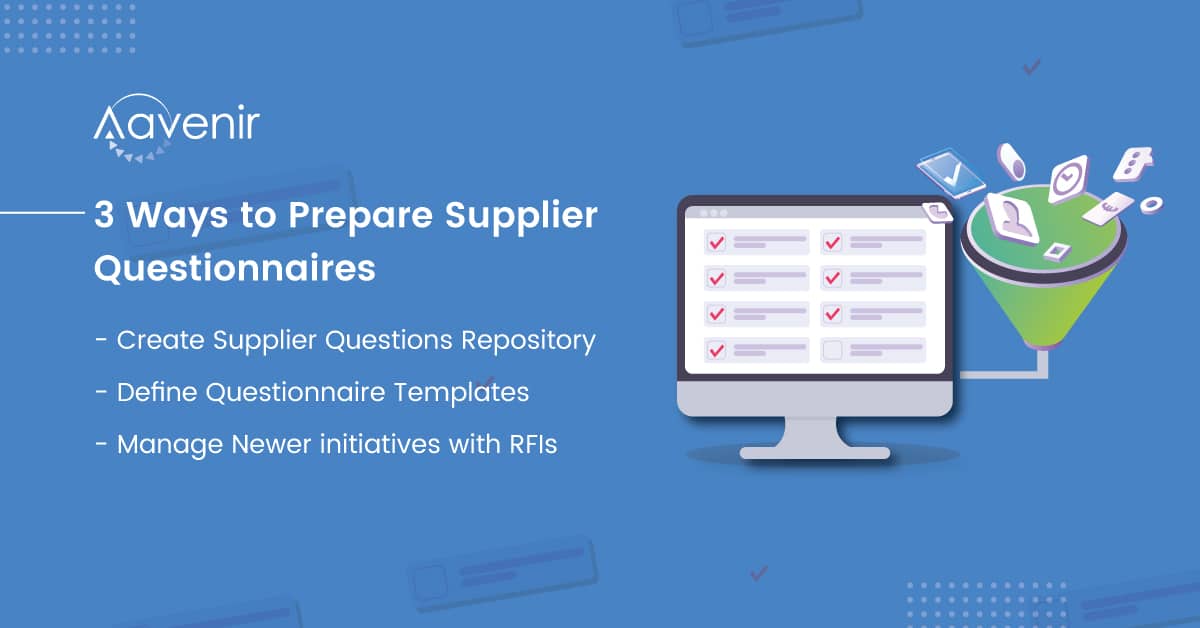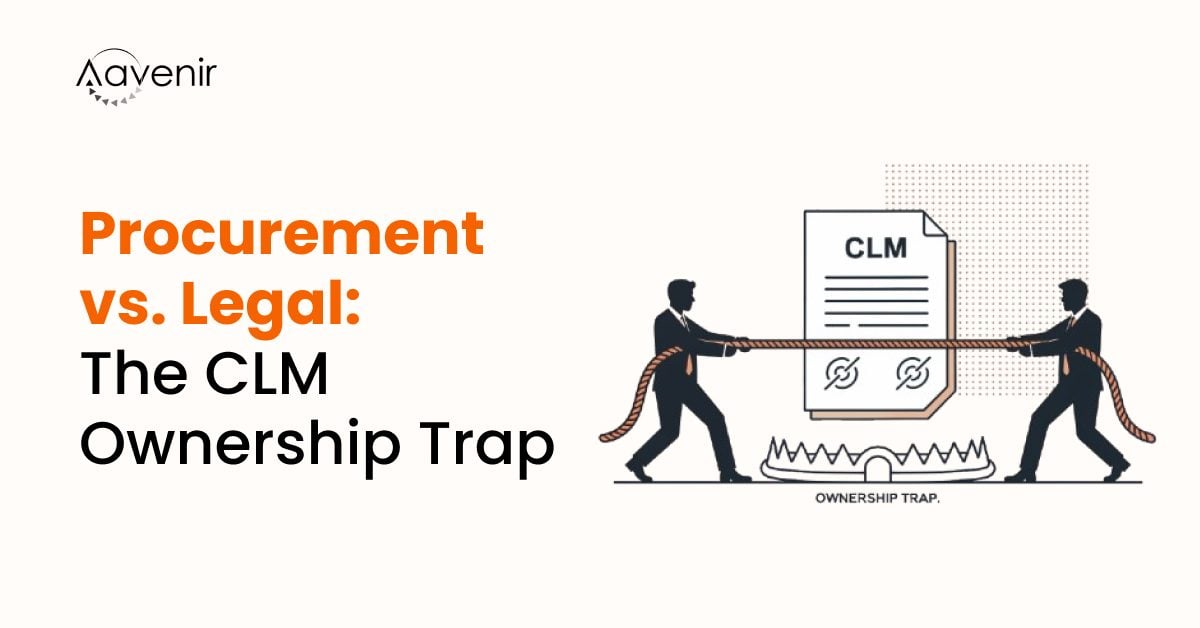A few years back, a major US company published an RFP for choosing a marketing agency for a multi-million $ marketing campaign. The successful bidder (The marketing agency) had to implement a major corporate goal of this $100 billion+ company. Interestingly, the RFx-to-award time for this multi-million$ budgeted RFP was only 6 days. Moreover, the supplier evaluation questionnaire in the RFP did not have any clearly defined criteria or have implementation timelines. Many marketing agencies shied away from responding to this bizarre RFP and were clueless on understanding the supplier questionnaire. As they say, ‘Reality is stranger than fiction’.
Although some companies can get away with opaque RFPs and even receive vendor responses, most organizations cannot waste budgets on ill-defined criteria. Genuine vendors will not respond to such RFPs because of opaque criteria and internal stakeholders will wonder why organizational needs did not become unclear requirements. Organizations can achieve supplier base rationalization with well-prepared supplier questionnaires. Easier said than done. The sourcing team knows that preparing questionnaires takes immense effort and hence looks for process efficiencies for building questionnaires.
3 best practices to design supplier evaluation questionnaires for faster response are:
1. Create Supplier Questions Repository
Most RFPs have a common section of procurement needs, procurement milestones and RFPs are repeated across financial years. Each RFP has a set of sourcing questions and procurement managers can collate those categories and questions for each category. In this one-time activity, domain experts huddle and define procurement scenarios and different organizational needs. Normally, organizations can convert those needs into questions and eventually prepare a question library. Based on the questions’ library, organizations can reuse the question library while preparing for each RFP and add procurement evaluation criteria.
2. Define Questionnaire Templates
Organizations can prepare standardized templates for specific departments or buying categories (IT Hardware, Services, Facilities, etc). The sourcing team can prepare templates for each category and store the template in a centralized repository. Business teams or departments can choose templates based on their needs, fill in data in templates and send to the sourcing team for inviting suppliers. A streamlined template-based approach helps business teams to customize and convert procurement needs into RFPs with minimum effort.
3. RFIs to Manage Newer Initiative
Some organizations have a mandate to fulfill corporate goals such as sustainability, supplier diversity or business innovation needs. Most strategic sourcing teams will build questionnaires from scratch and start with identifying and defining the requirements. To tackle such problems, organizations can float an RFI to understand the granular requirements, potential suppliers and most importantly prepare the procurement evaluation criteria. Teams can work together to combine sourcing requirements with evaluation criteria and prepare supplier questionnaires. In this way, the sourcing team can realize what a best-in-class supplier looks like and does the supplier’s obligations match with the requirements of the organization.
Organizational needs are ever-evolving and are fulfilled by multiple procurement methods. Some organizations have added checklists before publishing RFPs. The checklist defines the guidelines for using questionnaires, product-related documents list, or what categories should be minimum added for completing the process. There are various mechanisms that organizations apply to improve supplier response rates or supplier selection. Most importantly, a well-defined supplier questionnaire can reduce ambiguity among suppliers and can translate needs into buying criteria. Procurement can easily deliver value and achieve desired cost savings with a proper supplier questionnaire.
Aavenir RFPflow: Super Easy RFP Creation and Response Management Solution
Aavenir RFPflow offers a simplified RFX process management for procurement teams. RFPflow accelerates the RFx-to-award cycle time by creating easily accessible repeatable RFI/RFP/RFQ templates, bringing all stakeholders on a single platform, and standardizing the end-to-end sourcing processes.
Test drive the RFPflow product on ServiceNow instance to get immediate ROI with a negligible implementation timeline and deployment cost. Aavenir Source-to-Pay (S2P) suite streamlines sourcing, contract lifecycle management, procurement, and account payable operations on the NOW platform. Learn more about Aavenir RFPflow, Aavenir Contractflow, and Aavenir Invoiceflow available on the ServiceNow app store to get started.



